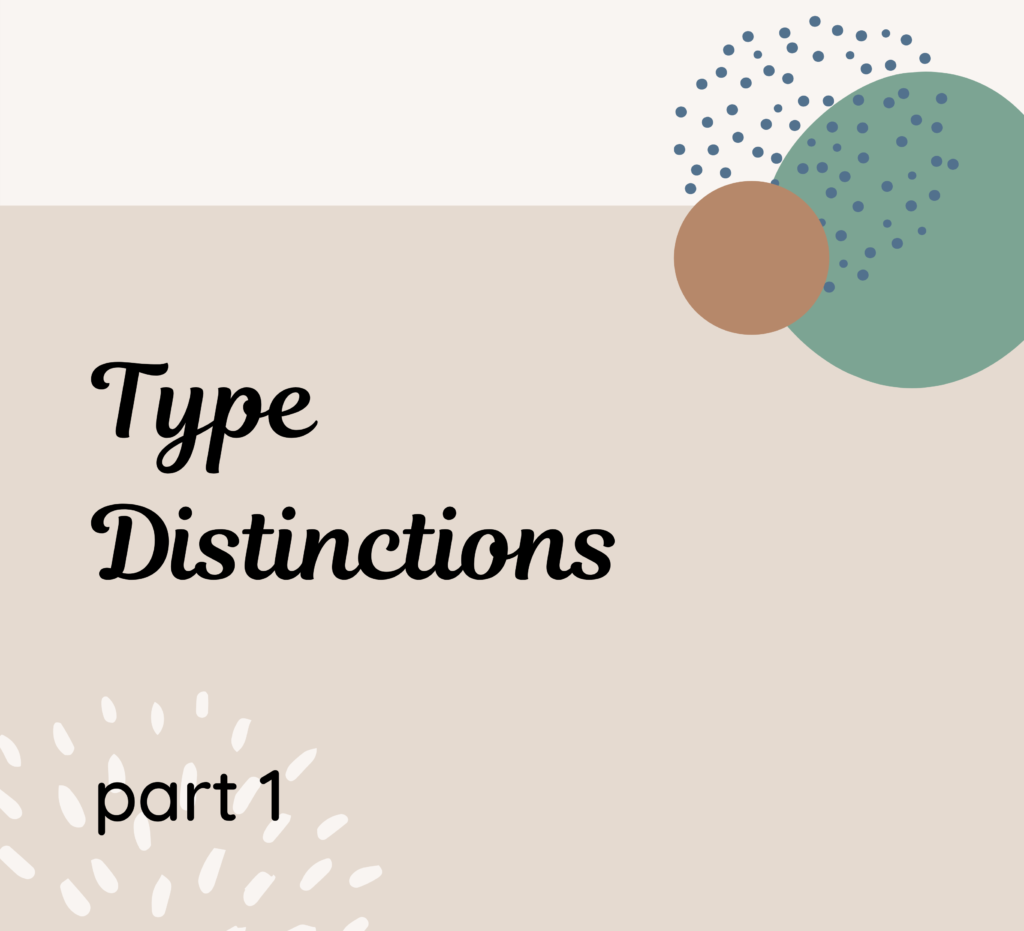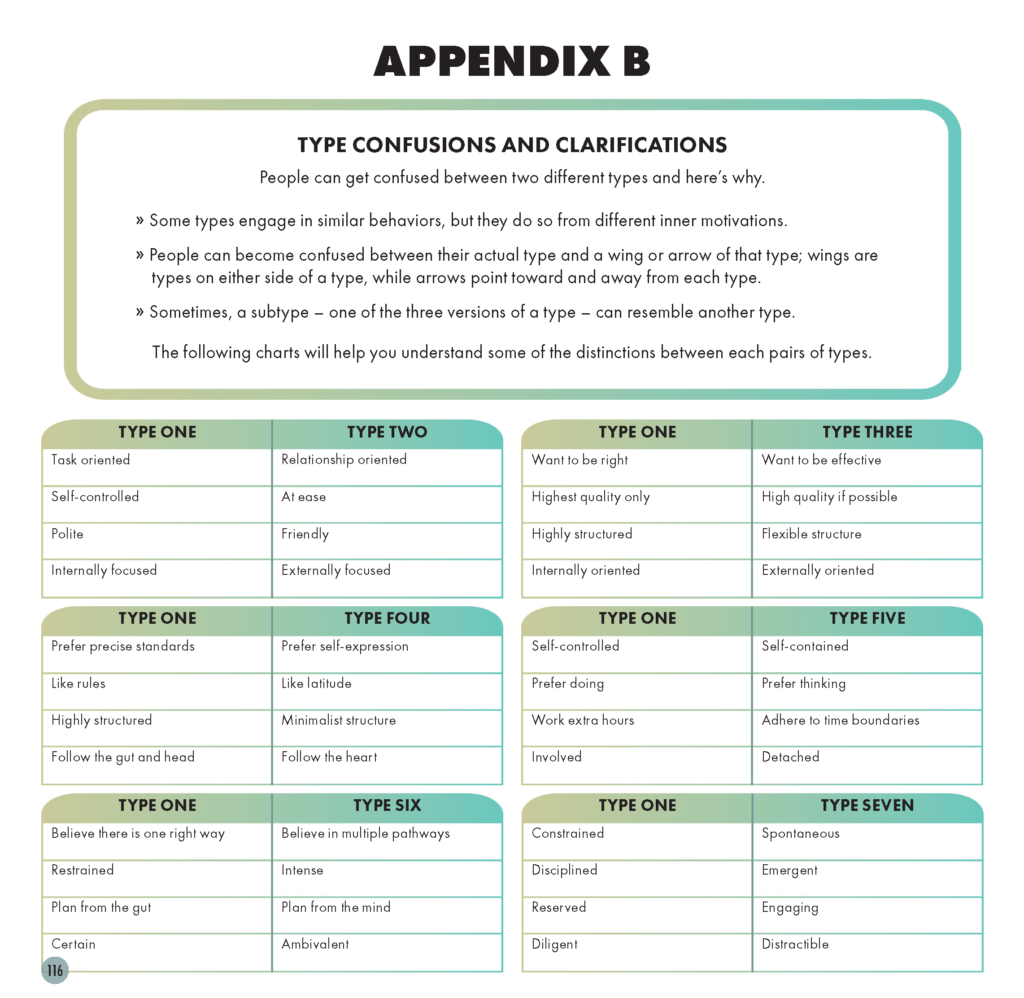
Type distinctions | part 1
Some may wonder why I spend a great deal of time and energy in helping people identify their Enneagram type accurately, particularly given that my main area of Enneagram pursuit has been the Enneagram in its business applications. The answer is multi-fold. First, without the accurate identification of type, applying the Enneagram to organizational life – or any other Enneagram application, for that matter – is very difficult. Second, in organizational settings, there is rarely the luxury of time to guide people in their self-discovery. I’ve had to learn to develop better processes and more acuity because I work in organizational settings, where 3-4 hours is the most companies will allow.
Third, in my professional certification programs, where people are “expected” to know their type prior to the program, my experience is that between 50-65 percent actually do. Why? It’s a combination of factors: (1) people learning from reading only, often from books that do not go deep enough into type; (2) people learning from teachers who may not have enough experience, knowledge or skills to guide others in type-discovery; and/or (3) people identifying type from a typing test. While I do not use typing tests myself, I do believe they have an important role in spreading the Enneagram. I am also pragmatic in that Enneagram tests are also here to stay, and while all tests can give false positive or false negative results, some are more accurate than others.
In an effort to help clarify type distinctions, this blog, the first of four on the topic, is taken from the appendix of my newest book, “The Art of the Enneagram” which I co-authored with my son, Russell (Tres) Bogda.

In addition, my book “The Art of Typing” is almost entirely focused on how to ask differentiating questions, what to listen for when the other person responds, and it contains charming illustrations of the two types in question doing the same task differently. This book can also be helpful to you.
Ginger Lapid-Bogda PhD, the author of seven Enneagram-business books, is a speaker, consultant, trainer, and coach. She provides certification programs and training tools for business professionals around the world who want to bring the Enneagram into organizations with high-impact business applications, and is past-president of the International Enneagram Association. Visit: TheEnneagramInBusiness.com | ginger@theenneagraminbusiness.com

This chart is really helpful because often when people do a typing exercise using Enneagram Typing Cards (another tool offered by Ginger), they end up with several types in their “yes” or “maybe” piles. For example, someone might say, “I identify most with Type One, but I have Type Two and Type Four in my maybe pile.” Type Two is a potential wing of Type One, and Type Four is an Arrow Line from Type One. By discussing these distinctions, it can help someone recognize how they are often polite rather than friendly, or how they prefer things to be… Read more »